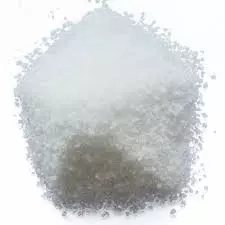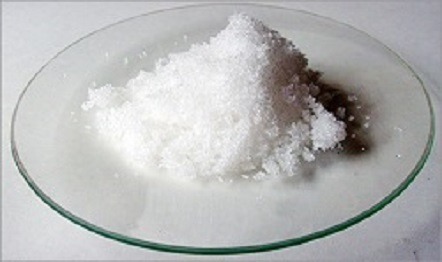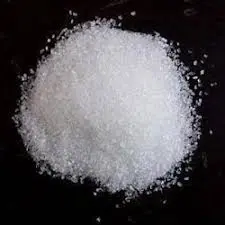Tartaric Acid
|
IUPAC Name |
: 2,3-Dihydroxybutanedioic Acid |
|
Cas Number |
: 87-69-4 |
|
HS Code |
: 2918.12.00 |
|
Formula |
: HOOC(CHOH)2COOH |
Basic Info
|
Appearance Name |
: White Crystalline Powder |
|
Common Names |
: Tartaric Acid |
|
Packaging |
: 25 kg HDPE bag, 25 kg paper bag |



-starch.webp)


 English
English
 Indonesian
Indonesian
 简体字
简体字
 العربية
العربية
 Español
Español
 Français
Français
 Português
Português
 日本語
日本語
 한국어
한국어
 Tiếng Việt
Tiếng Việt
